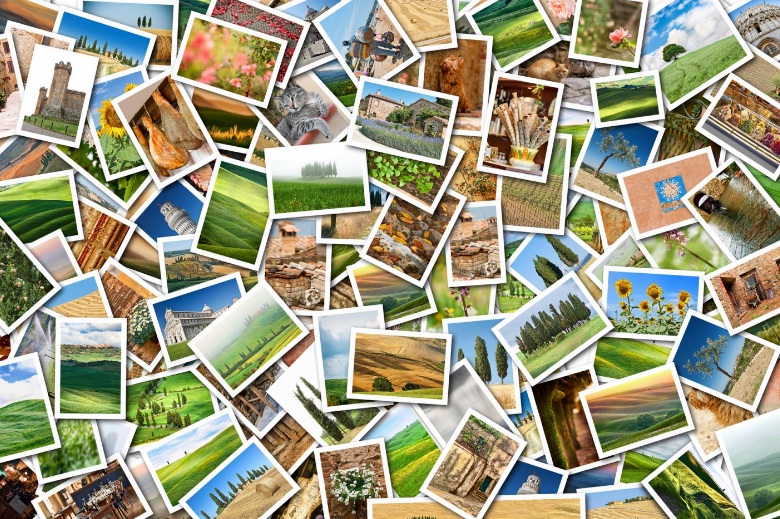4 Mistakes Photographers Make with Their WordPress Site
Excellent photographs are an essential if you want to have a good website. They help to make blog posts pop, sell products, and generate greater consumer interest.
Whether you’re a photographer with your own site or you’re uploading photos to a client’s pages, operating a WordPress site can be tricky. Here are some mistakes you might catch yourself making.
1. Non-Readable Image File Names
Say you’re uploading photographs to a real estate client’s website. You’ve spent a lot of time perfecting the images, focusing on the lighting, and cropping the background to optimize the homepage’s best features. After all that work, the last thing you want is to have it register as a non-readable image file so search engines can’t find it.
To boost the performance of your photos and make sure they show up where and how you want them to, assign descriptive text to the file names. You might title your real estate images “downtown-houston-farm-home.jpg” or something like that.
The file name is already optimized for search engine optimization so the page will perform better in rankings, particularly in terms of local search.
2. No Alt and Title Attributes
Search engines also value alternate text and title attributes highly to help them categorize the image. Search engine algorithms can struggle with image content, so adding this kind of information is helpful for ranking.
Start with your title. This information will be displayed on tags when users hover their mouse over the image, and that will be embedded into the file code so it’s easier for organic searchers to find.
Then work on your alt text attribute, which gives extra information for SEO categorization. This is also worthwhile for usability. When users need assistive reading technology, the robot will read the alt text so people who have poor eyesight will be able to understand what’s going on in the image.
3. Missing Featured Images
WordPress offers an element called Featured Images, which lets you assign a specific post, page, gallery, or photo to your homepage and other relevant pages based on search. The use of featured images can be extremely useful for photographers for displaying their work and enabling it to convey their gallery to any visitor.
Featured images are particularly effective for visibility because they move from site to site, and turn up on various pages to represent your work. This can be highly useful on either a gallery site or an e-commerce site, since they can show featured products and help certain images stand out from many of the others.
4. Failing to Cache Your Website
Failing to cache your website can have fairly negative repercussions, since this will result in a much slower site. Images tend to involve large file sizes, which will make everything require much more time to load.
Website visitors often get frustrated after about seven seconds and typically abandon the site altogether. By creating a “cached” version of your website, you’ll experience 10 times the speed and be able to offer that to users.
This might sound like a difficult effect to achieve, but don’t worry. You can use plugins like W3 Total Cache to decrease loading times and increase satisfaction in your business.
There are other caching plugins available, but W3 Total Cache is probably the easiest because it’s already seamlessly integrated with WordPress’s interface.
Photographers in any capacity need to understand the ins and outs of making their photos perform well and look gorgeous on any website they use. Avoiding the above mistakes and looking for opportunities to improve your online tactics will significantly improve customer reception and online optimization.
